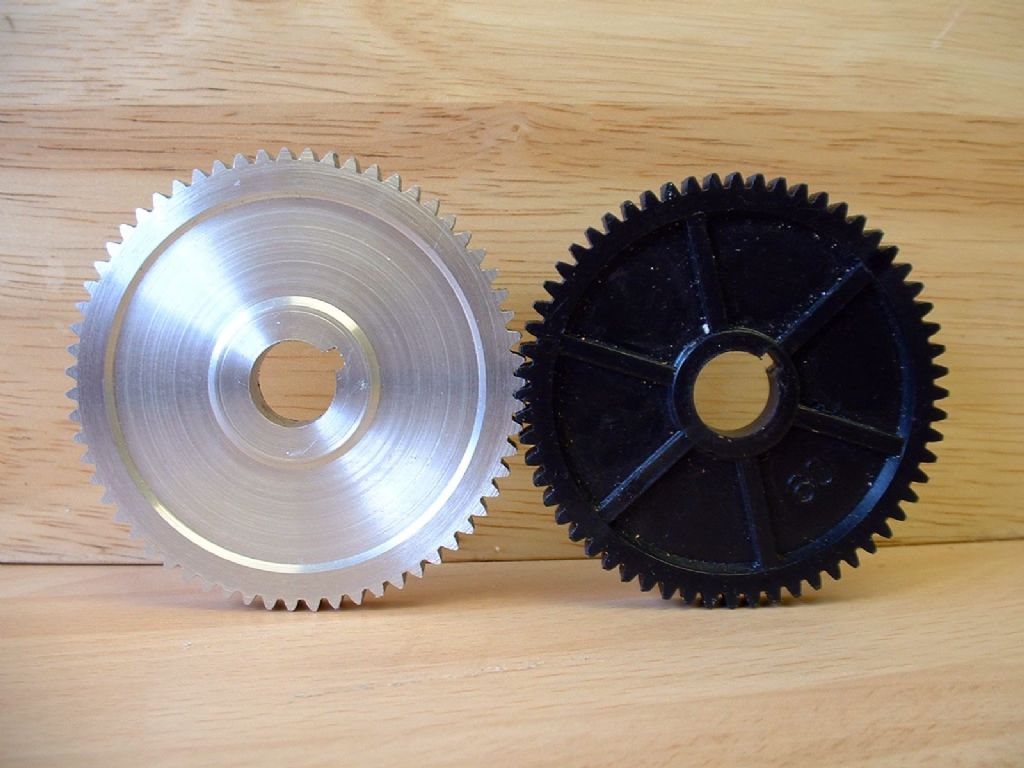Please be aware that as far as anodising goes, for maximum wear resistance "Hard Anodising" is normally specified as opposed to the normal decorative (coloured) anodising we see everywhere.
I have not seen it used for gears but I have used it for 16 mm static film guides with the film travelling through the guides at a very fast lick.(old engineering expression)
It has the drawback of increasing the component dimensions.
For example you can specify a thickness of up to 5-6 thou and this would result in a dimension growth of half this amount (i.e. 50% in and 50% out) and this would be taken into account at the design stage.
Also the finished coating is porous and non-conductive, in the dim distant past I have used it as an insulator on diode holders in Doppler Radar systems.
Most hard anodised components are subsequently sealed (closing the pores) and this sealer could be one of many things including lubricants, ptfe etc.
Whether or not Anodising companies nowadays are prepared to accept very small orders is debatable.
Clive,
There are other metals that can be anodised including Titanium and Zinc.
Len. P.
 Russell Eberhardt.
Russell Eberhardt.





